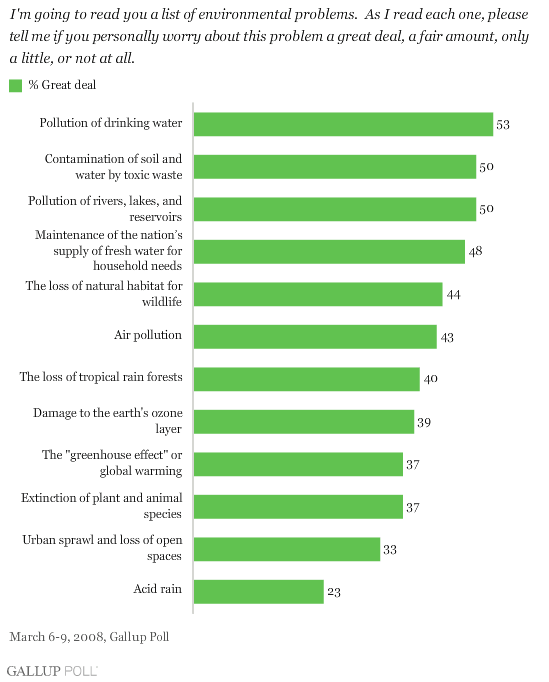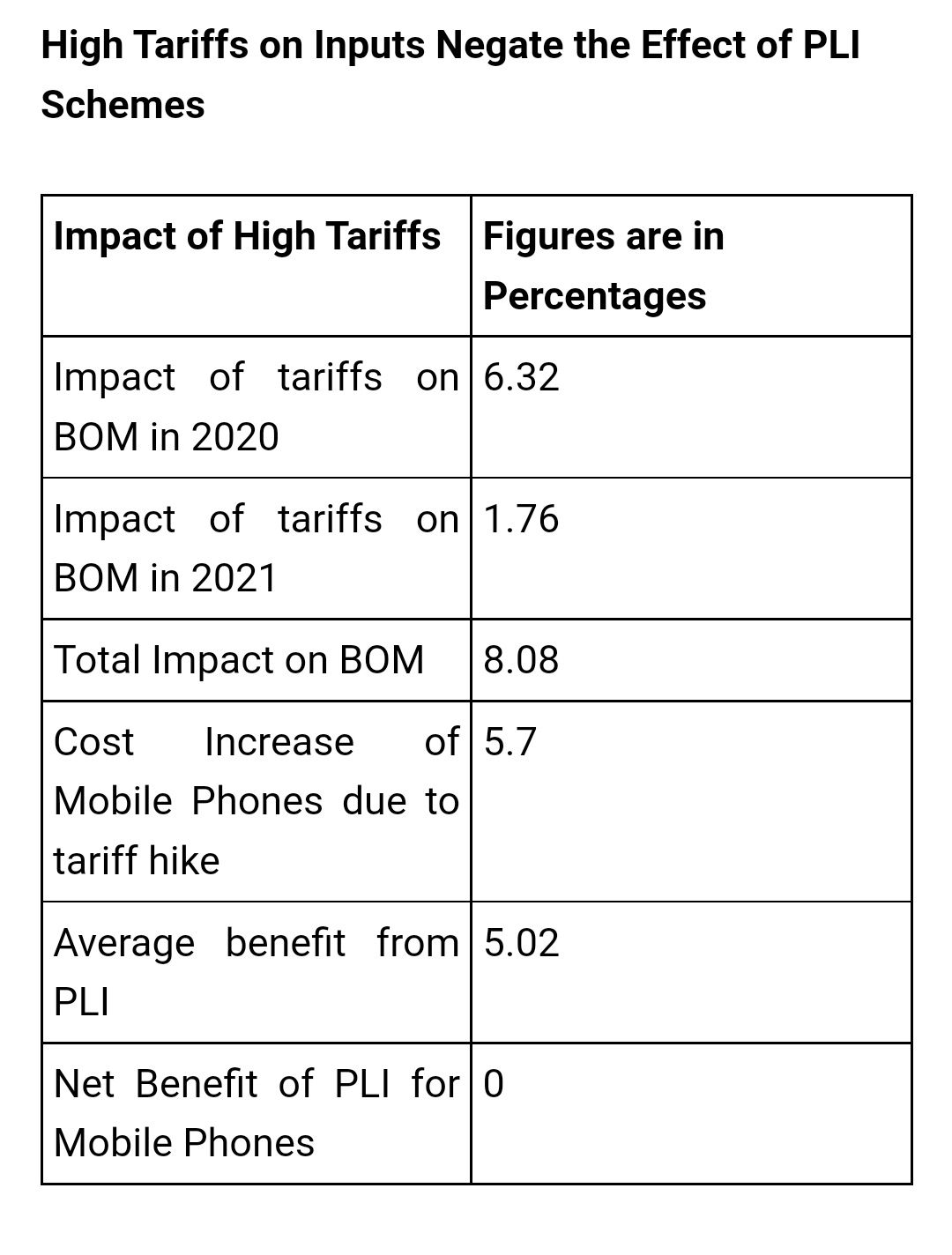US Tap Water Contamination: Study Finds PFAS Exposure For Almost 100 Million

Table of Contents
The Shocking Extent of PFAS Contamination in US Tap Water
A groundbreaking study has revealed the staggering scale of PFAS contamination in US tap water, impacting an estimated 99 million people across numerous states. The research utilized a comprehensive dataset analyzing PFAS levels in various water sources, employing advanced modeling techniques to extrapolate the potential exposure risk across the nation. The methodology involved assessing data from both municipal water systems and private wells, offering a more holistic picture of the problem.
-
Specific Number of Affected Individuals and States: While precise numbers vary depending on the specific PFAS compounds analyzed, the study indicates that millions are affected across numerous states, including California, Michigan, New Jersey, and many others. The most heavily impacted areas are often those with a history of industrial activity or military installations known to have used PFAS-containing firefighting foam.
-
Water Sources Impacted: Both municipal water supplies and private wells are contaminated, indicating the widespread nature of this environmental contaminant. Many smaller communities relying on private wells are particularly vulnerable, often lacking the resources to test and remediate their water sources effectively.
-
Long-Term Health Risks: Prolonged exposure to PFAS is linked to serious health consequences, including several types of cancer (kidney, testicular, and prostate), liver damage, immune system suppression, and developmental issues in children. The long-term effects are still being researched, but the potential for severe health problems is undeniable. Understanding PFAS levels in your specific water source is crucial.
Understanding PFAS: Sources and Health Implications
PFAS, a group of man-made chemicals, are persistent organic pollutants; this means they don't break down easily in the environment, accumulating in soil, water, and the food chain over time. These "forever chemicals" pose a significant threat to human health.
-
Common Sources of PFAS Contamination: Major sources include industrial waste disposal (from factories producing non-stick cookware, stain-resistant fabrics, and other products), the widespread use of PFAS-containing firefighting foam at military bases and airports, and improper disposal of contaminated materials.
-
Specific Health Problems Linked to PFAS Exposure: Studies have linked PFAS to various health problems, including increased cholesterol, thyroid hormone disruption, decreased fertility, and increased risk of certain types of cancer. Infants and children are particularly vulnerable due to their developing immune systems.
-
Difficulty in Removing PFAS: The persistence of PFAS makes them extremely difficult to remove from water sources. Traditional water treatment methods are often ineffective, requiring more advanced and costly technologies for effective remediation. This further complicates the challenge of ensuring clean drinking water for all.
What Can You Do to Protect Yourself From PFAS in Tap Water?
While the responsibility for addressing widespread PFAS contamination rests with governments and regulatory bodies, individuals can take proactive steps to minimize their exposure:
-
Install a Home Water Filter Certified to Remove PFAS: Invest in a high-quality home water filtration system that is specifically certified to remove PFAS. Look for filters using activated carbon, reverse osmosis, or ion exchange technologies, and be sure to check for independent testing certifications.
-
Use Bottled Water or Alternative Sources: Consider using bottled water or an alternative source for drinking and cooking, particularly if you live in an area known to have high levels of PFAS contamination. However, bottled water isn't always a sustainable solution, so filtration is often a preferred method.
-
Advocate for Stricter Regulations on PFAS in Drinking Water: Contact your local and federal representatives, urging them to support stronger regulations and increased funding for PFAS research and remediation efforts. Join advocacy groups working on clean water initiatives.
-
Get Your Water Tested: If you have concerns, consider getting your tap water tested for PFAS. Many independent laboratories offer such services.
Government Response and Future Regulations
The regulatory landscape surrounding PFAS is evolving, but much more needs to be done.
-
Existing Regulations and Their Limitations: Current EPA guidelines for PFAS in drinking water are advisory, not legally enforceable, leaving many communities vulnerable. State regulations vary widely, leading to inconsistencies in protecting public health.
-
Proposed or Upcoming Regulations and Their Potential Impact: Several states have enacted stricter regulations, but a comprehensive federal standard is still lacking. Proposed legislation aims to establish stricter limits and mandate testing and remediation, but the implementation timeline and effectiveness remain uncertain.
-
Increased Government Funding for Research and Remediation: Substantial funding is necessary to support research into the long-term health effects of PFAS exposure, develop effective and affordable remediation technologies, and provide resources to affected communities.
Conclusion
The widespread PFAS contamination of US tap water presents a serious public health challenge affecting almost 100 million Americans. The study's findings highlight the urgent need for increased government action, stronger regulations, and investment in effective remediation strategies. The long-term health consequences of PFAS exposure are substantial, emphasizing the importance of proactive measures to mitigate risk. Don't wait; get your water tested for PFAS, install a filter, contact your representatives, and spread awareness about this critical issue. The fight for clean drinking water is a collective effort, and your participation is vital. Learn more about PFAS contamination and advocate for better drinking water safety.

Featured Posts
-
 Report Exposes Millions Of Americans To Contaminated Drinking Water
May 15, 2025
Report Exposes Millions Of Americans To Contaminated Drinking Water
May 15, 2025 -
 Predicting The Padres Vs Cubs Game Can The Cubs Secure A Win
May 15, 2025
Predicting The Padres Vs Cubs Game Can The Cubs Secure A Win
May 15, 2025 -
 Campus Lockdown At Gsw Students Describe The Frightening Events
May 15, 2025
Campus Lockdown At Gsw Students Describe The Frightening Events
May 15, 2025 -
 Analyzing The Impact Of Reciprocal Tariffs On Indian Industries
May 15, 2025
Analyzing The Impact Of Reciprocal Tariffs On Indian Industries
May 15, 2025 -
 Elizabeth Warrens Defense Of Bidens Mental Fitness Falls Flat
May 15, 2025
Elizabeth Warrens Defense Of Bidens Mental Fitness Falls Flat
May 15, 2025
